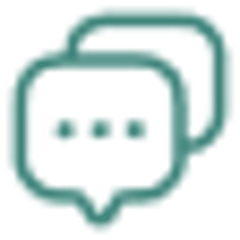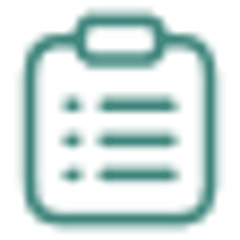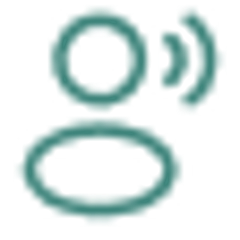Employee referral programs are often called the “secret weapon” of hiring. They consistently lead to better-quality hires, faster onboarding, and stronger retention. According to LinkedIn's report on employee referral programs¹ and research from Zippia², referred candidates are hired faster, onboard quicker, and stay longer than those hired through other sources. Specifically, referred employees are 4x more likely to be hired, are hired 29% faster, and stay 70% longer compared to hires from job boards or career sites.
So why aren’t frontline referral programs working as well as they should?
The problem isn’t the people. It’s the process.
The Friction That Breaks Frontline Referrals
For hourly employees, most referral programs feel like an afterthought — something built for corporate teams, not the realities of the frontline. Here’s why:
1. Too Many Barriers
Frontline employees are often asked to download an app, register for a portal, or create a login just to refer someone. But most people aren’t going to jump through those hoops for something they might do once or twice a year.
And in busy frontline environments where time is tight and mobile access can be limited, logging into a referral platform just isn't practical.
2. Lack of Trust and Transparency
Let’s say someone does make a referral. What happens next?
In many programs, that employee hears… nothing. No confirmation that their referral was received. No notification if the person applied, got interviewed, or was hired. And definitely no clarity about when — or if — they’ll be paid out.
That lack of feedback creates doubt. Did my referral go through? Did they get hired? Am I ever going to get that bonus? Over time, trust in the program fades, and so does participation.
3. No Data to Measure Success
For employers, another challenge is visibility. Without integrated analytics, there’s no way to track who is being hired through referrals or measure the success of the program.
- What percentage of hires came from referrals?
- How long did they stay?
- Who referred them?
Without answers to these questions, it’s hard to optimize the program or justify continuing it.
Why We Decided to Solve It

At goHappy, we kept hearing this story again and again from employers and frontline employees alike. So we built Frontline Referrals to address these exact points of friction:
- No apps. No logins. Employees can start a referral via a simple text keyword, QR code, or Frontline Intranet link — whatever is easiest.
- Real transparency. Referring employees get notified when their referral applies, gets hired, and approaches payout. They can check their status at any time.
- Effortless for employers. Recruiters and managers can set up campaigns in minutes, trigger notifications to payroll when payouts are due, and track performance — no spreadsheets needed.
The goal? To unlock the true potential of referral programs by making them work for the frontline — not against them.
Frontline Referrals, Reimagined
We believe referrals should be the easiest path to a great hire. With the right tools, they can be.
When employees feel confident that their referral will be seen, appreciated, and rewarded — they participate more often, and everyone benefits.
Want to see how it works? Schedule a demo here.



.png)







.webp)
.png)